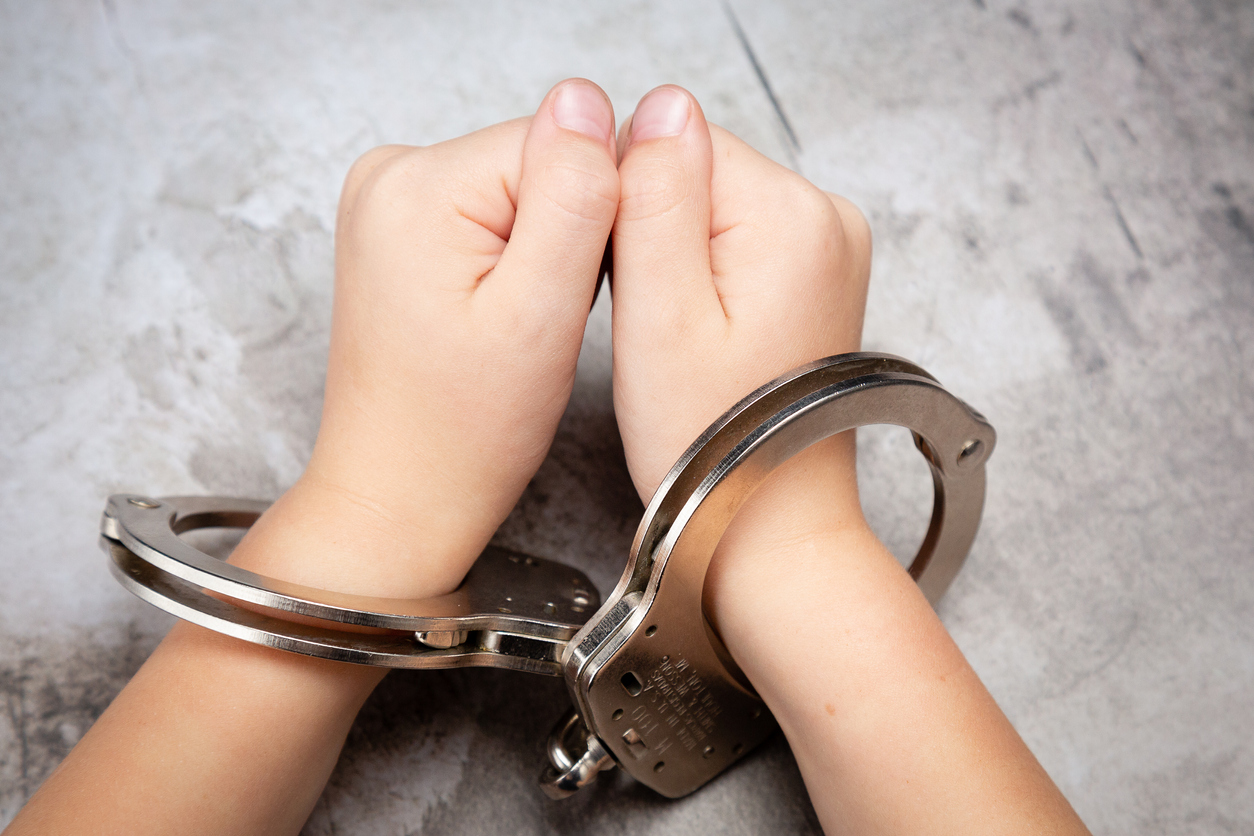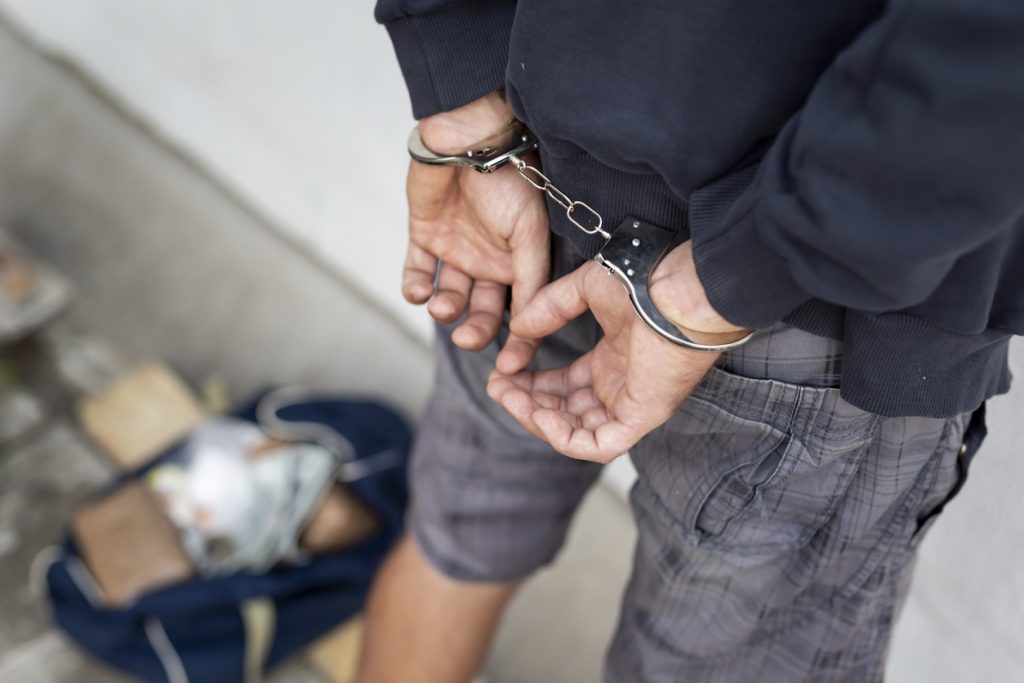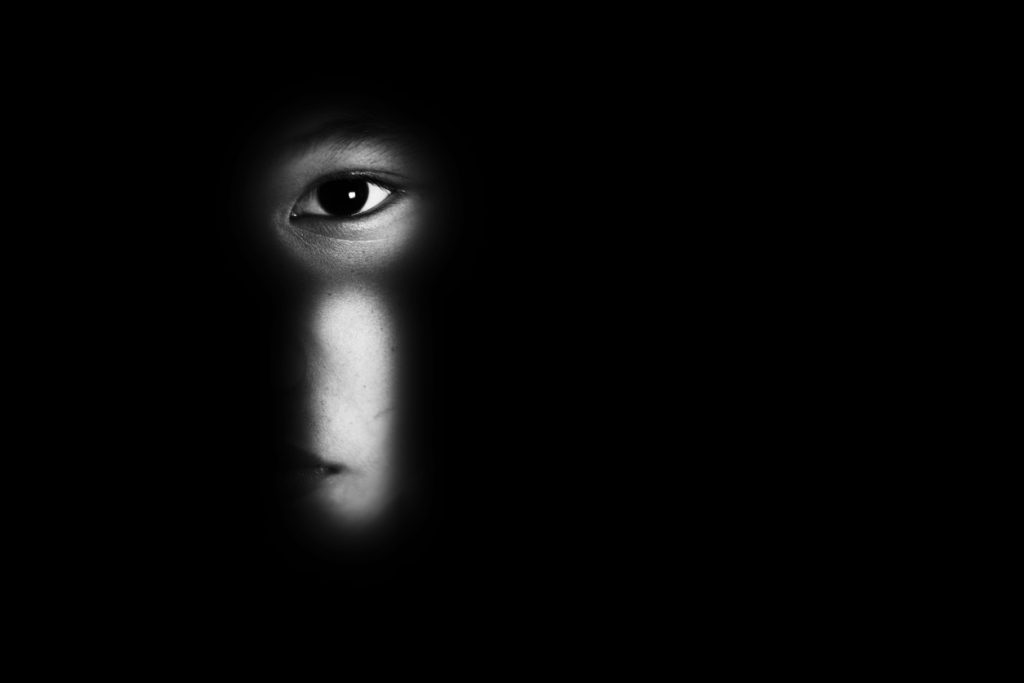
24 Dec Incarcerating Kids: The U.S.’s Problem With Putting Children Behind Bars
The United States has a mass-incarceration problem. But when you think about all of the people sitting in U.S. prisons and jails, you’re probably imagining hardened criminals, gang members or some other stereotypical, not-so-sympathetic demographic. You probably don’t think about kids — the other children in your son’s fifth-grade class, the other players on your child’s youth hockey team or the random children you pass in the grocery store. But the U.S. is incarcerating kids at an alarming rate. And, with more and more media coverage, now is the time for change.

Around 60,000 kids are sitting in jails and prisons in the United States right now.
According to the ACLU, nearly 60,000 children are incarcerated in jails and prisons in the U.S. on any given day. For comparison’s sake, that’s four times as many people as there are total in Traverse City, Michigan. Traverse City is known as the “largest city” in Northern Michigan. In fact, up until 2005 — just 15 years ago — the United States still allowed children to be executed as punishment for their crimes. Indeed, for generations, the United States was the only country in the world that allowed kids as young as 13 to be sentenced to life in prison without the possibility of parole.
It’s only been in the last decade that the United States Supreme Court has began limiting life-in-prison sentences for children. In a 2010 case called Graham v. Florida, the U.S. Supreme Court ruled that life-without-parole sentences for children convicted of non-homicide offenses were unconstitutional. Then, in the 2012 decision in Miller v. Alabama, the U.S. Supreme struck down mandatory life-without-parole sentences for all children 17 years old or younger regardless of the underlying offense. Finally, in 2016, in a decision called Montgomery v. Louisiana, the U.S. Supreme Court held that its Miller decision applies retroactively. This means that every child serving a life-without-parole sentence could seek resentencing.
It took decades for the U.S. to decide that we shouldn’t execute or hand out life-in-prison sentences to middle schoolers. The importance of the U.S. Supreme Court’s intervention over the past decade proved crucial. But the narrow nature of these decisions can’t be overstated either. Even with these decisions, children as young as eight years old — a second- or third-grade student who recently learned how to read, tie their shoes and maybe ride a bike — can still face charges as an adult and held in an adult jail.
For decades, these injustices went unnoticed by most, but things are changing.
When you read about second-graders sitting in adult jails before facing life-in-prison or worse sentences, it (hopefully) makes you sick. But this was happening across the U.S. for years before the Supreme Court intervened just recently. For those of us in our early 30s, this was happening while we were in high school and even college.
It’s easy to write this off as a black eye in U.S. history. But keep in mind that these changes happened more recently than the 2008 economic crisis. It doesn’t have to be this way. Over the past decade, hard-working journalists have brought the U.S.’s ongoing problems with incarcerating kids to light. And their efforts aren’t going unnoticed.
Pennsylvania’s “Kids for Cash” Scandal
Back in September, Pennsylvania’s “Kinds for Cash” scandal made headlines. These headlines came as more than 300 people testified as part of a class-action lawsuit against the two judges convicted in the underlying criminal case. A jury convicted former Luzerne County Judges Mark A. Ciavarella Jr. and Michael Conahan in 2011 of participating in a conspiracy in which they received millions of dollars in kickbacks for sending kids to privately run detention centers.
In most cases, the disgraced judges sent the kids to these facilities even though they committed no crimes and were never provided with a lawyer to represent them. Judge Ciavarella had served as a judge for nearly two decades and was “president judge” of Luzurne County’s court system when the scandal came to light. Ciavarella remains in prison for his 28-year sentence. But officials released Conahan in 2020 because of COVID-19 concerns.
In 2013, the “Kids for Cash” scandal finally made its way to a national audience thanks to Netflix. In a documentary called “Kids for Cash,” told what IMDb describes as “a riveting look behind the notorious judicial scandal that rocked the nation.”
Tennessee’s Sky-High Incarceration Rate for Kids
Earlier this year, a Tennessee county also made headlines for incarcerating kids and using bogus charges to justify their incarceration. In October, ProPublica published a bombshell investigation: “Black Children Were Jailed for a Crime That Doesn’t Exist. Almost Nothing Happened to the Adults in Charge.”
According to the investigation, Judge Donna Scott Davenport of Rutherford County, Tennessee, created what became known as a “filter system” for kids in the county’s juvenile system. Under the filter system, jailers decided whether to lock up or release children. They did so even though Tennessee law only allows for custody in certain circumstances.
One of the most egregious examples cited by ProPublica involved a six-year-old. That young child faced charges for “criminal responsibility for conduct of another” in Rutherford County. But that’s a “crime” that does not exist under Tennessee law. Nevertheless, the young child faced charges for the nonexistent crime of allegedly watching another kid get into a fight.
Pure statistics from Rutherford County are equally alarming. According to the investigation, officials locked up 48% of the children whose cases were referred to juvenile court in 2014, the most recent year that data was available for. That number is approximately ten times the statewide average of 5%. And it also puts Rutherford County at the top of the list when it comes to incarcerating children in the state.

Media coverage is important, but it’s not enough.
It’s impossible to overstate how important it is for media outlets to shed light on the U.S.’s role in incarcerating kids. The power of national media outlets, Netflix and more puts these stories in the homes of hundreds of thousands of Americans. But it’s often not enough. The consequences Judge Davenport faced show why.
If you’re assuming that the Tennessee judge faced any push back for her role in leading the county that locked up ten times as many children as anywhere else in the state, you’d be wrong. She ran unopposed in 2014 and remains on the bench. In fact, in 2012, then Governor Bill Hallam appointed her to the “Three Branches Institute, an initiative bringing together members of the executive, legislative, and judicial branches to work with the department on strengthening the state’s child protection and juvenile justice systems,” according to the county’s website.
In 2022, she’ll finally face a challenger in the election. But if incarcerating kids for not intervening in a fight didn’t raise any alarms for parents and families in that community, it’s hard to imagine an election will.

